Sukkot, or Feast of
Tabernacles, is a Biblical holiday celebrated in late September to late
October. The holiday lasts seven days. The Sukkah is a walled
structure covered with plant material - built for the celebration - and
is intended to be a reminiscence of the type of dwelling in which the
Israelites stayed during their 40 years of travel in the desert after
the exodus from slavery in Egypt. Throughout the holiday, meals are
eaten inside the Sukkah and many sleep there as well. On each day of
the holiday, members of the household recite a blessing over the lulav
and etrog (four species). The four species include the lulav (a ripe
green, closed frond from a date palm tree), the hadass (boughs with
leaves from the myrtle tree), the aravah (branches with leaves from the
willow tree) and the etrog (the fruit of a citron tree.) -- Paula Nelson
(29 photos total)
An
Ultra-Orthodox Jewish child walks over palm fronds to be used to build a
Sukkah hut, in Jerusalem's religious Mea Shearim neighborhood, Oct. 6,
2011. The palm branches are used as the roof of a temporary house called
a "Sukkah" which is built and lived in during the week-long Jewish
holiday of Sukkot. (Bernat Armangue/Associated Press)

The
selection of the Hadas or Myrtle, one of four plant species to be used
during the celebration of Sukkot or the Feast of Tabernacles, is a
meticulous process. The Sukkot feast begins October 13 for 2011 and
commemorates the exodus of Jews from Egypt some 3200 years ago. (Menahem
Kahana/AFP/Getty Images) #
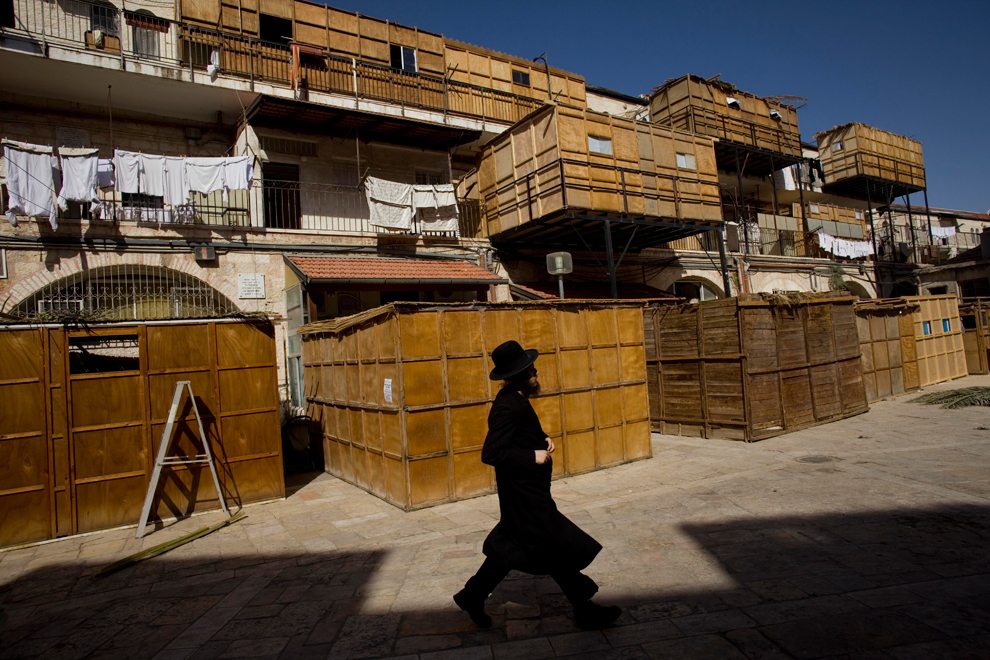
An
Ultra-Orthodox Jewish man walks past Sukkahs, temporary structures
built for the Jewish holiday, in Jerusalem's Mea Shearim neighborhood,
Oct. 10, 2011. The Sukkah is built and lived in during Sukkot. The
Sukkah is named for the shelters the Israelites lived in as they
wandered the desert for 40 years. (Bernat Armangue/Associated Press) #
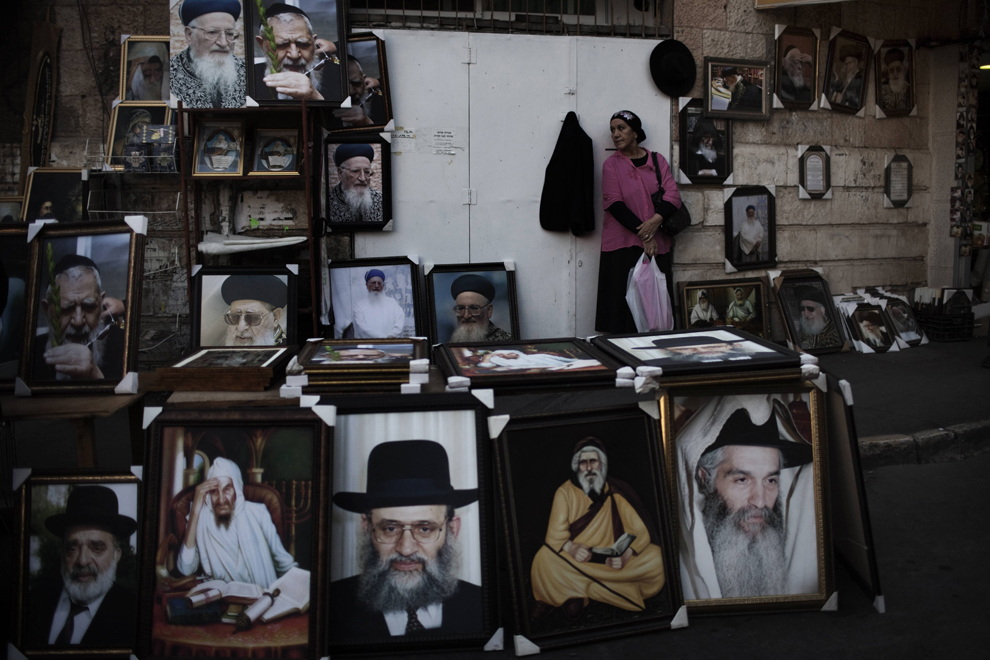
Posters
and photographs An Ultra-Orthodox Jewish man builds a wooden Sukkah in
the Jerusalem neighborhood of Bati Ungarim on Oct. 10, 2011. (Menahem
Kahana/AFP/Getty Images)of rabbis are for sale as decoration for the
Sukkah in an Ultra Orthodox neighborhood of Jerusalem on Oct. 10, 2011.
(Menahem Kahana/AFP/Getty Images) #
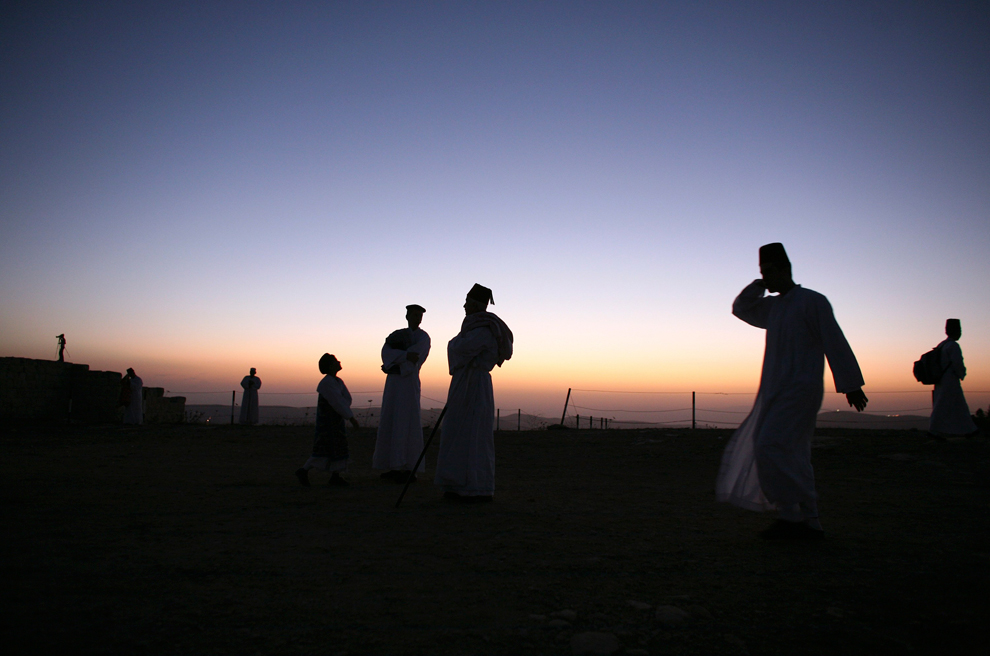
Members
of the Samaritan community stand atop Mount Gerizim near the West Bank
city of Nablus during a traditional pilgrimage marking the holiday of
Sukkot, Oct. 11, 2011.The Samaritans trace their ancestry to the
northern Israelite kingdom that was destroyed by the Assyrians around
720 BCE. Their faith shares many similarities with Judaism. (Ammar
Awad/Reuters) #
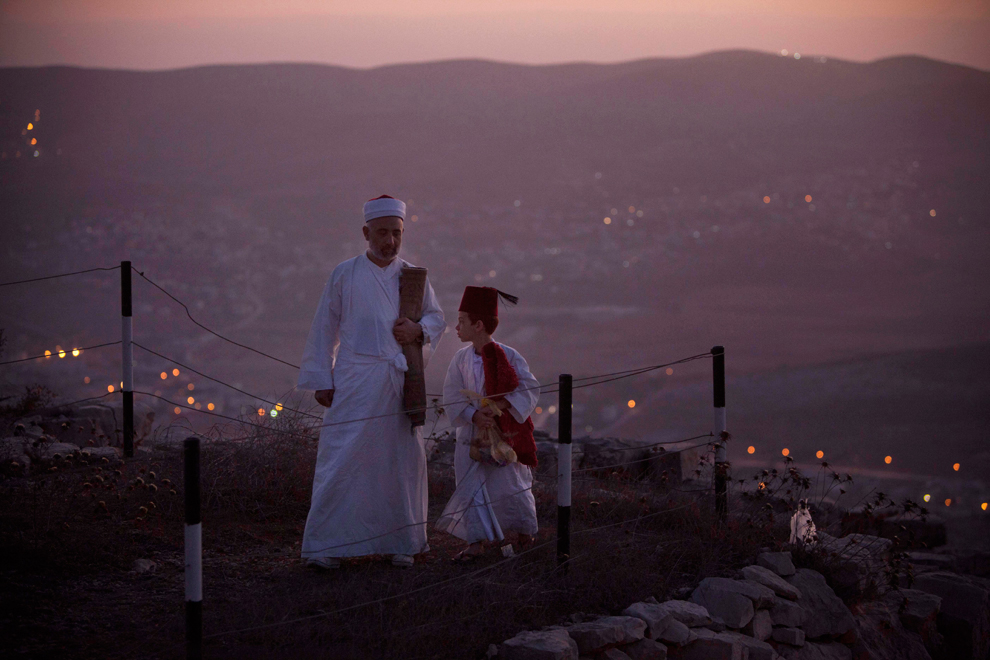
Members
of the ancient Samaritan community walk with prayer mats during a
pilgrimage marking the Sukkot holiday near the West Bank town of Nablus,
early Oct. 11, 2011. Of the small community of close to 700 people,
half live in a village at Mount Gerizim, and the rest in the city of
Holon near Tel Aviv. (Tara Todras-Whitehill/Associated Press) #
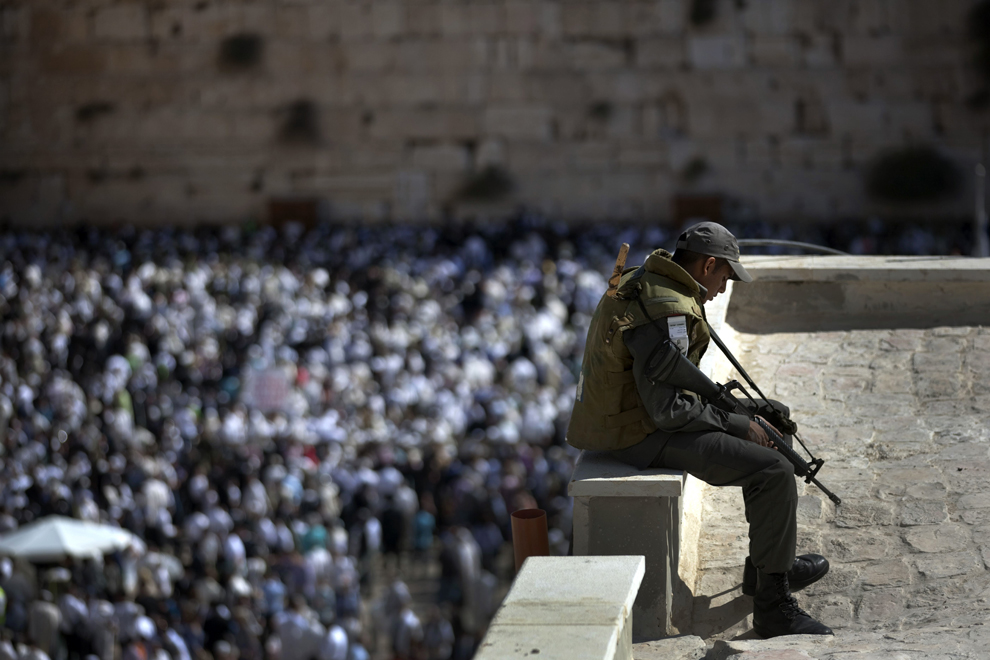
An
Israeli border guard secures the area as thousands of Jewish men and
women participate in a mass Cohanim prayer (priest's blessing) during
the annual pilgrimage festival of Sukkot at the Western Wall in
Jerusalem's Old City, Oct. 16, 2011. Thousands of Jews make the
week-long pilgrimage to Jerusalem during the holiday which commemorates
the desert wanderings of the Israelites after their exodus from Egypt.
(Menahem Kahana/AFP/Getty Images) #

Covered
in prayer shawls, Ultra-Orthodox Jewish men of the Cohanim Priestly
caste participate in a blessing during Sukkot in front of the Western
Wall, the holiest site Jews pray in Jerusalem's Old City, Oct. 16, 2011.
The Cohanim, believed to be descendants of priests who served God in
the Jewish Temple before it was destroyed, perform a blessing ceremony
of the Jewish people three times a year during the festivals of
Passover, Shavuot and Sukkot. (Sebastian Scheiner/Associated Press) #
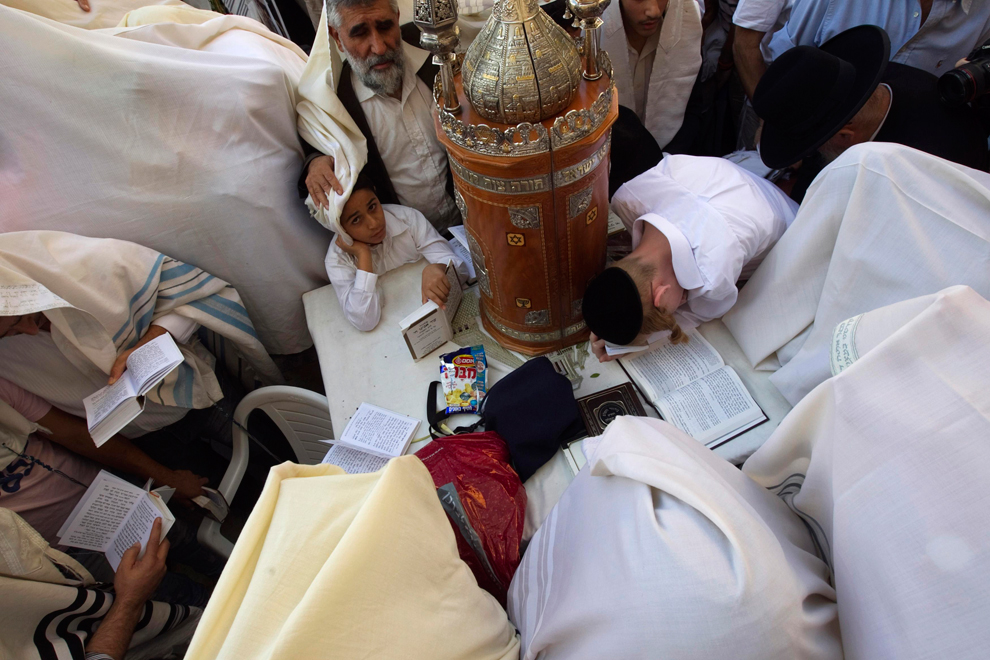
Jewish
worshippers surround a Torah scroll as they paricipate in the priestly
blessing at the Western Wall, Judaism's holiest prayer site, in
Jerusalem's Old City, Oct.16, 2011. The four species are used in rituals
during the Jewish holiday of Sukkot, which began last week. (Ronen
Zvulun/Reuters) #




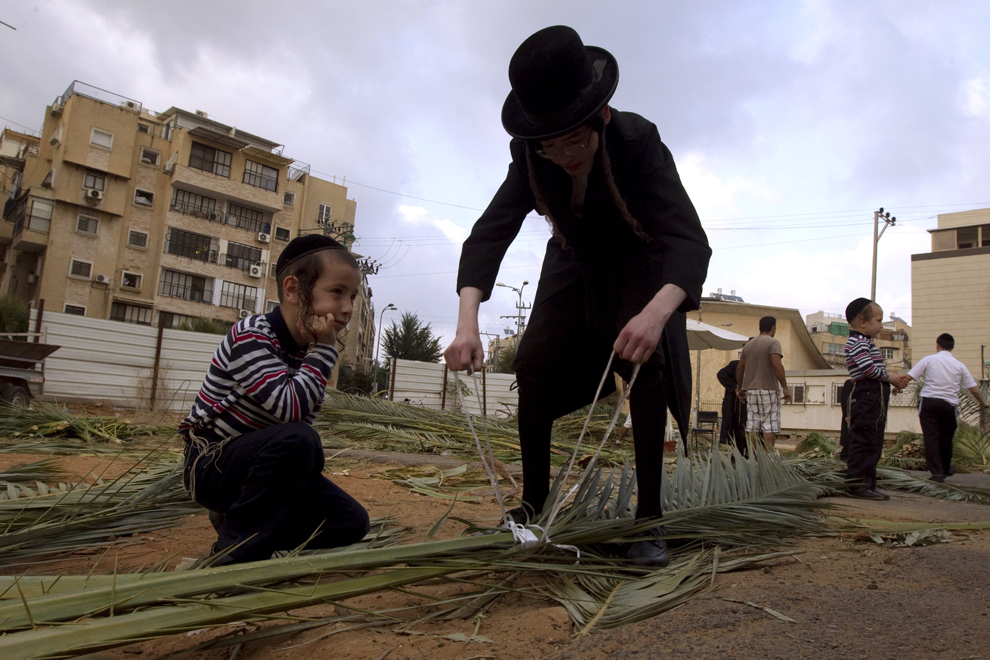




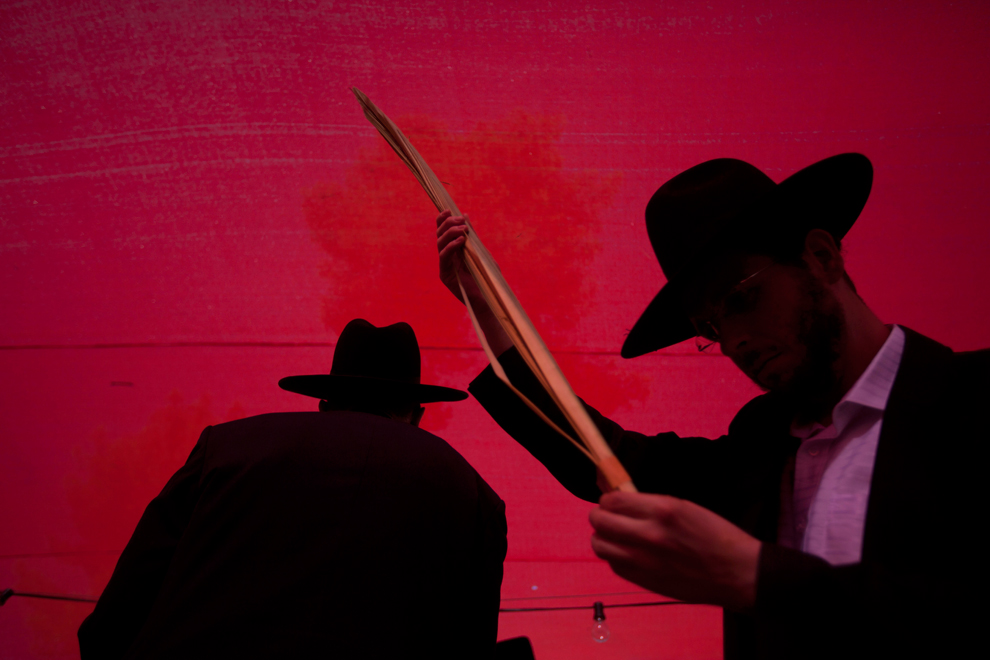
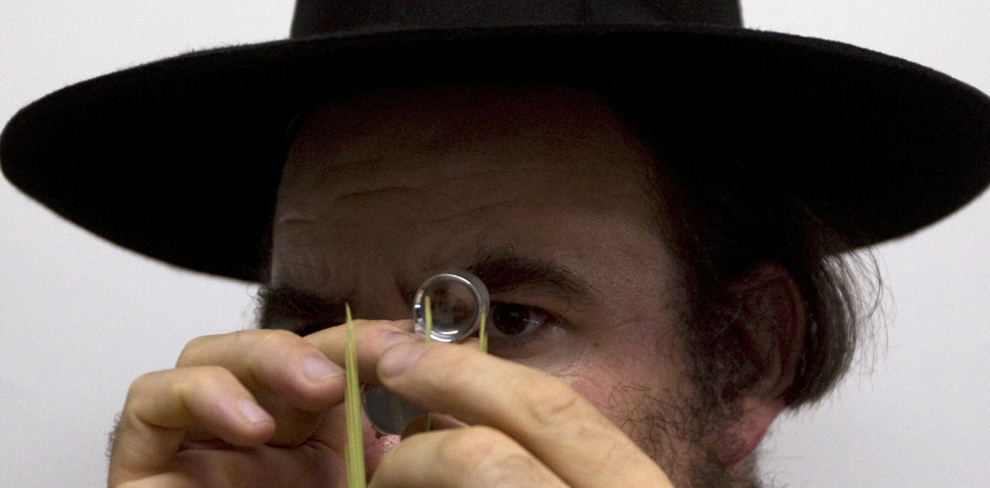

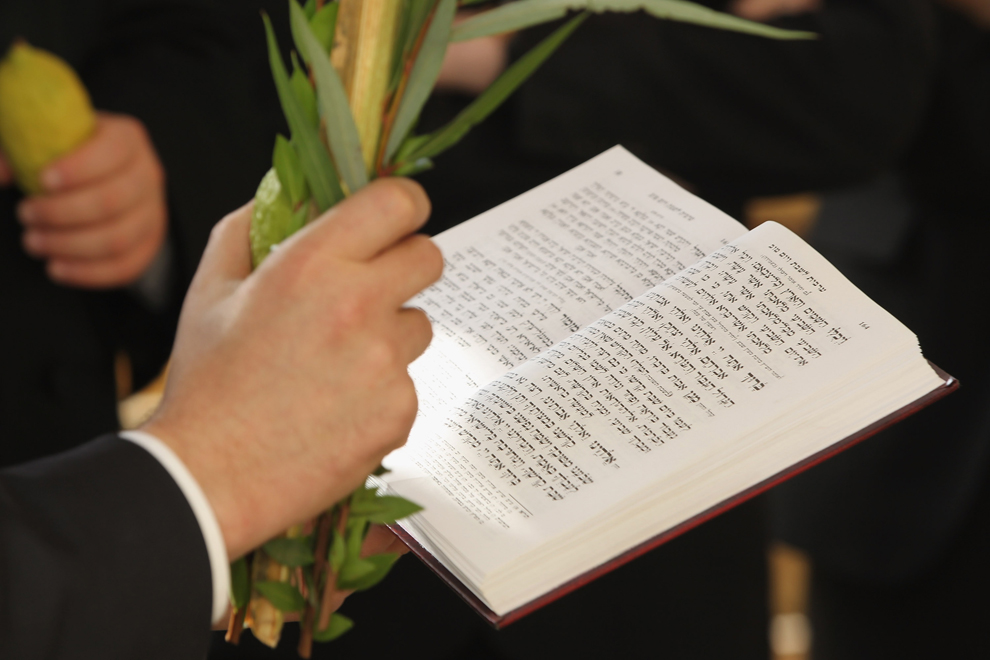
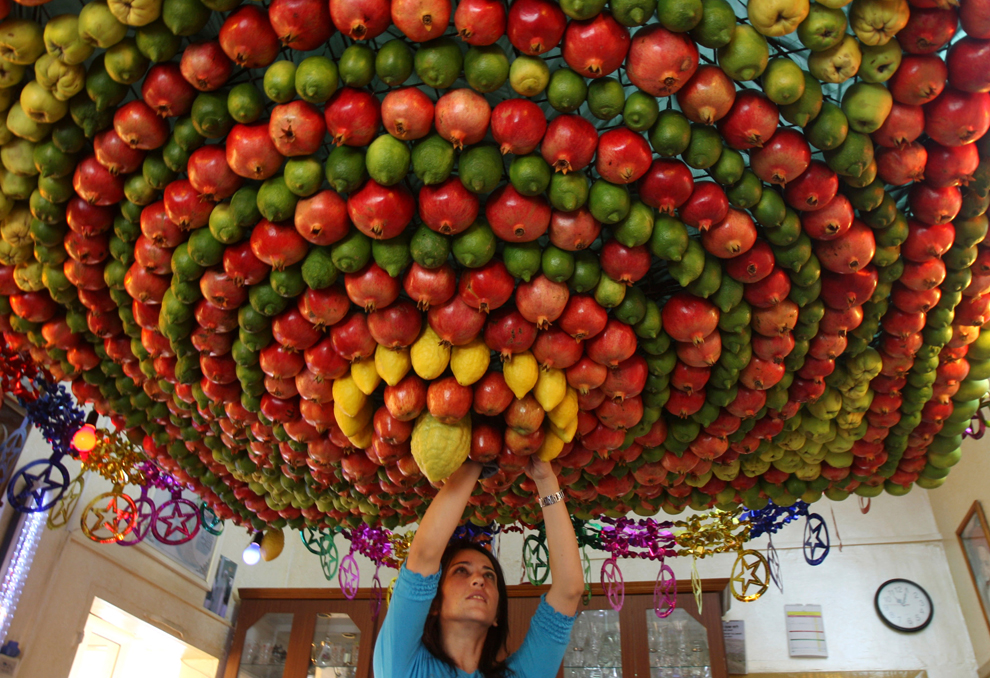
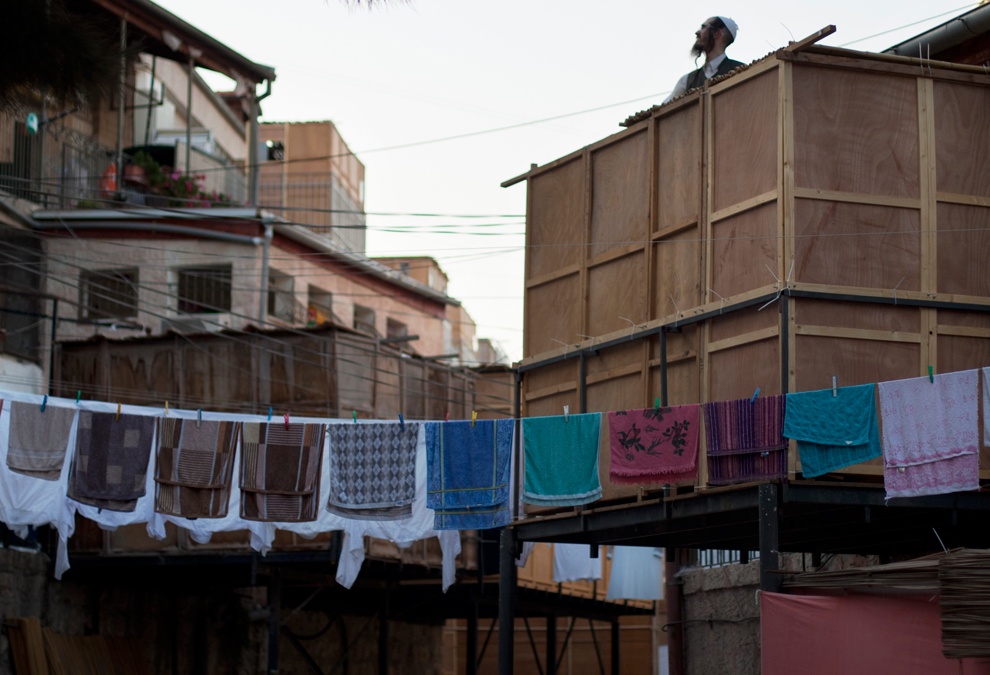
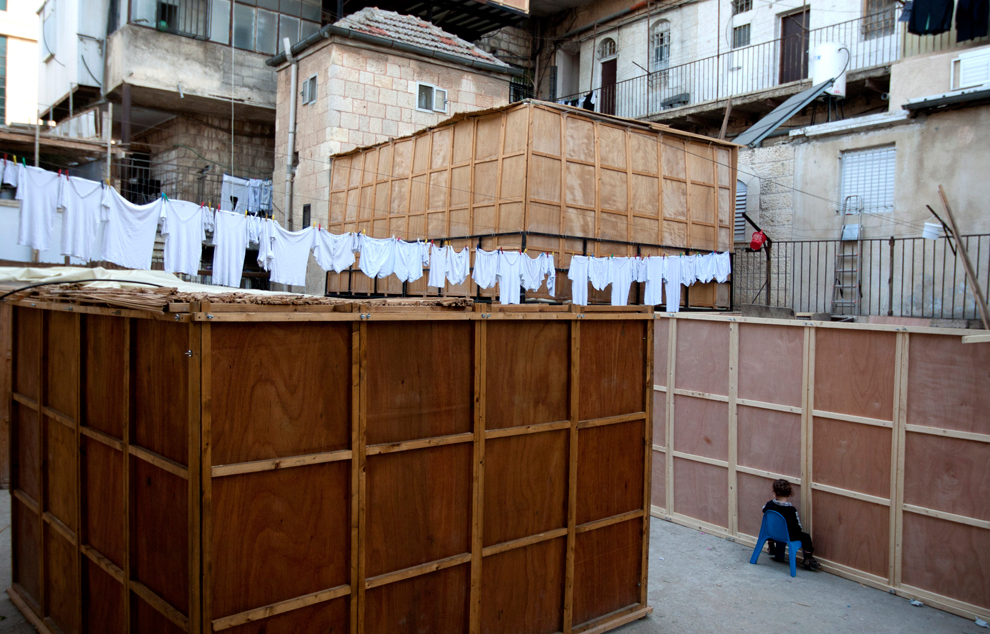
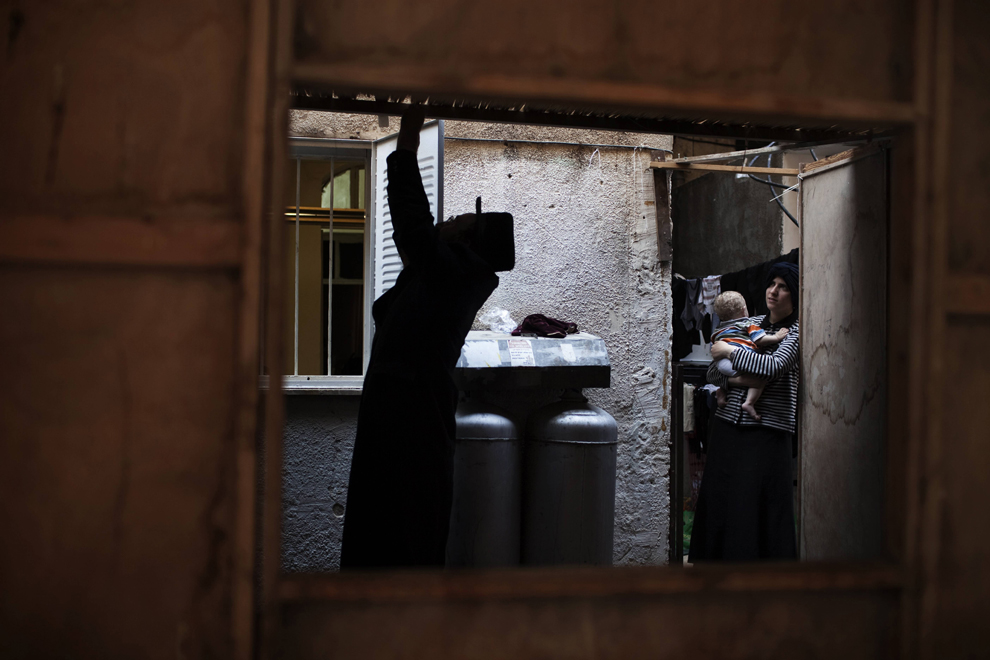
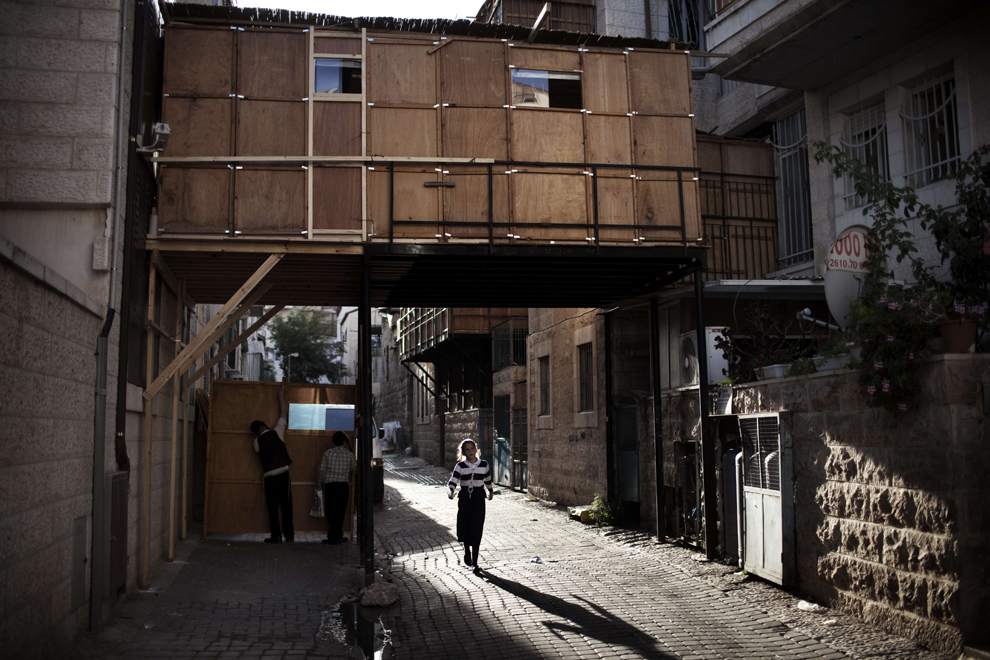

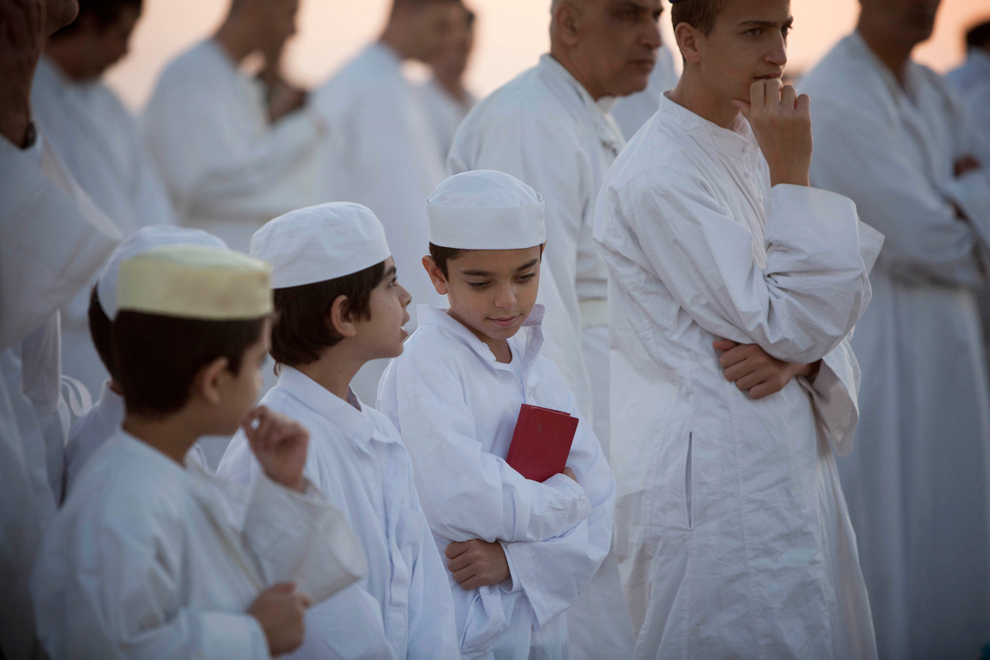
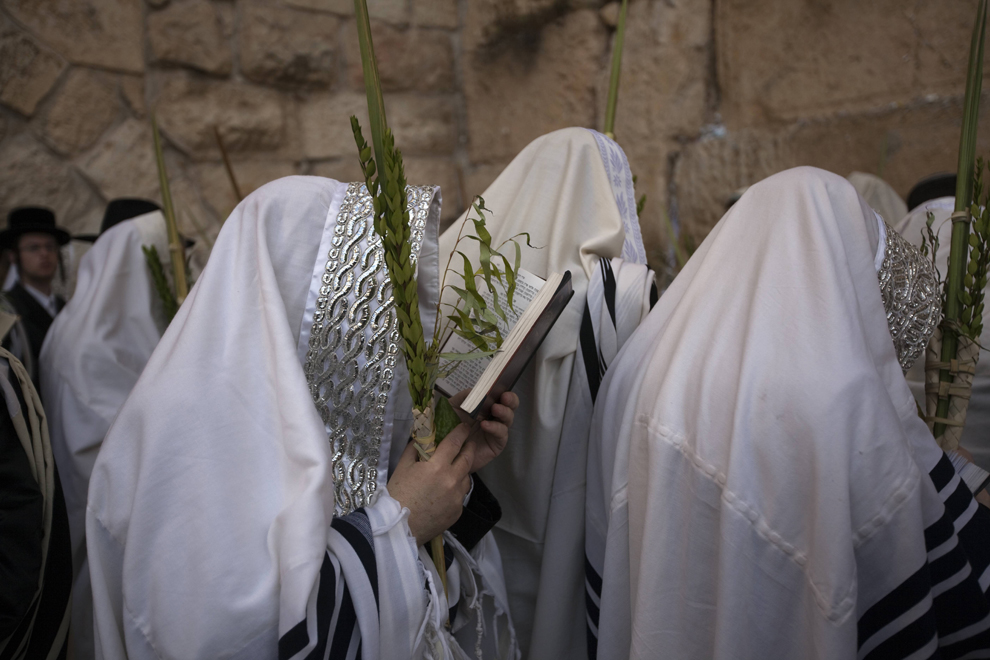
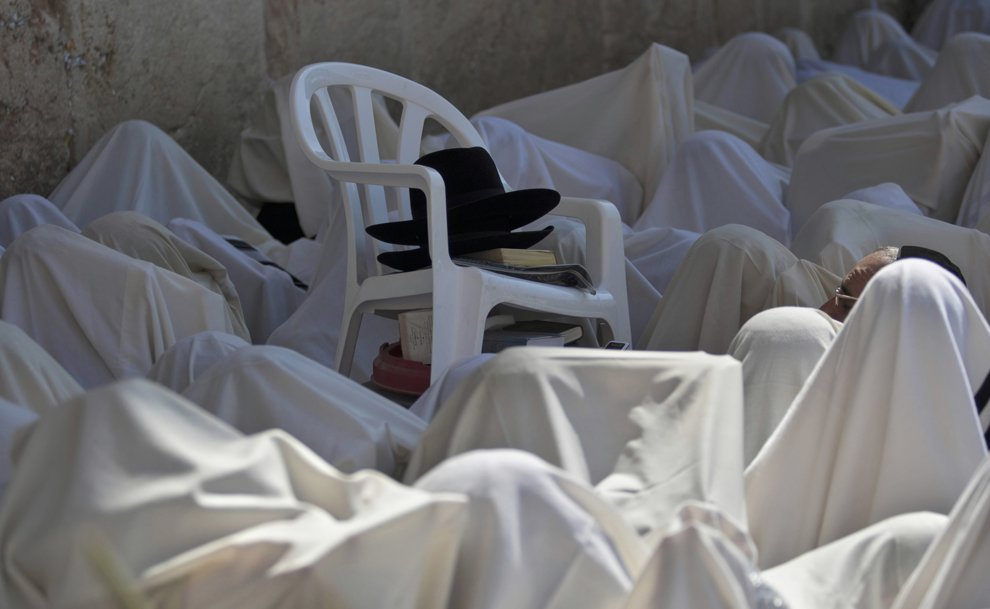
No comments:
Post a Comment
Note: Only a member of this blog may post a comment.